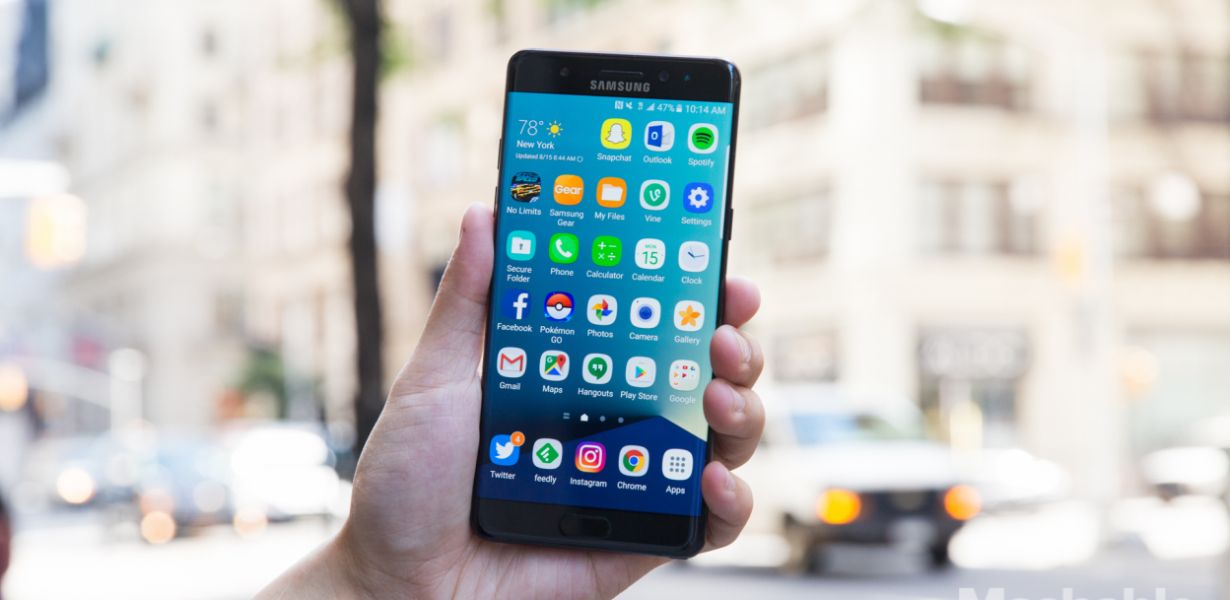
Retina Images in the Palm of Your Hand: An In-Depth Analysis of Smartphone Displays
- Post
- August 8, 2023
- Mobile & Responsive, Retina Images, Web Design
- 0 Comments
Smartphones have revolutionized the way we interact with the world, and a crucial aspect of this interaction is the visual appeal of the device’s display. Gone are the days when pixelated images marred the viewing experience. The term “retina images” refers to images displayed at a resolution so high that the human eye cannot distinguish individual pixels. This technology has redefined how we perceive visuals on handheld devices, offering a level of clarity and realism that was previously unattainable.
The Evolution of Smartphone Displays
From Humble Beginnings to Retina Marvels
The journey of smartphone displays has been a testament to human innovation. Early displays struggled with pixelation and lackluster color reproduction. However, as technology progressed, the introduction of high-definition (HD) displays marked a turning point. Retina displays took this evolution to the next level by boosting pixel density and leveraging advanced image rendering techniques. The term “retina” originates from Apple’s branding, denoting a display with pixel density high enough that the human eye can’t detect individual pixels at a typical viewing distance.
Understanding Retina Display Technology
Pixels, PPI, and Beyond
At the heart of retina images is pixel density, measured in pixels per inch (PPI). A higher PPI means more pixels are packed into each inch of the display, resulting in crisper and more vivid images. The integration of advanced organic light-emitting diode (OLED) and inorganic LED (LCD) technologies has further elevated the visual experience, allowing for deeper blacks, better contrast, and wider color gamuts. These displays often employ subpixel rendering techniques, where individual pixels are divided into smaller subpixels to enhance image clarity.
Retina Images in Web Design
HTML Techniques for Seamless Integration
Creating websites that harness the potential of retina images requires a thorough understanding of HTML techniques. To ensure optimal display on various devices, responsive design practices are crucial. Implementing high-resolution images using the srcset attribute allows browsers to choose the appropriate image based on the user’s device, reducing load times and conserving bandwidth. Additionally, using the picture element and the media attribute further enhances the flexibility of image rendering, catering to a diverse range of displays.
Retina Imaging Techniques
Unveiling the Magic Behind the Clarity
The creation of retina images involves intricate techniques that go beyond simple pixel density. Techniques like image upscaling, vector graphics utilization, and compression algorithms play a crucial role. Content Delivery Networks (CDNs) also contribute by optimizing image delivery for various devices. The utilization of next-gen image formats such as WebP and AVIF ensures a delicate balance between image quality and file size, enhancing user experience without compromising loading speed.
Benefits of Retina Images
Visual Delights and User Engagement
Embracing retina images is not just about aesthetics; it directly impacts user engagement. Crisp visuals draw users in and keep them captivated, leading to longer interaction times and reduced bounce rates. For e-commerce platforms, the ability to showcase products in intricate detail can significantly influence purchasing decisions. Moreover, retina images contribute to improved brand perception, as users associate high-quality visuals with professionalism and attention to detail.
Challenges and Considerations
Balancing Quality and Performance
While the benefits of retina images are undeniable, challenges persist. Large image files can lead to slower load times, negatively affecting user experience and search engine rankings. This is where image optimization becomes crucial. Employing tools like image compression, lazy loading, and responsive image breakpoints helps strike a balance between image quality and page performance, ensuring that users don’t have to compromise on either.
The Future of Retina Images
Innovations on the Horizon
As technology continues to advance, the future of retina images holds exciting possibilities. Advancements in display technology, such as microLEDs and quantum dots, could redefine the parameters of visual quality. Additionally, the integration of artificial intelligence in image rendering algorithms could lead to dynamic optimization, adapting images in real-time based on user behavior and device capabilities.
Final Words
In the ever-evolving landscape of smartphone displays, retina images have emerged as a game-changer. The fusion of pixel-perfect clarity and vibrant colors has elevated the visual experience to new heights. As technology marches forward, we can only anticipate further refinements that will continue to reshape the way we perceive and interact with the world through the palm of our hands.
Commonly Asked Questions
Q1: What exactly is a retina image?
A1: A retina image refers to an image displayed on a screen with such high pixel density that individual pixels are indistinguishable to the human eye, resulting in unparalleled clarity and realism.
Q2: Do all smartphones have retina displays?
A2: No, not all smartphones boast retina displays. The term originated with Apple’s branding, but similar high-density displays are prevalent across various brands, often with different names.
Q3: How do retina images affect website performance?
A3: Retina images can impact website performance due to larger file sizes. However, image optimization techniques like compression and lazy loading can mitigate this issue, ensuring a seamless user experience.
Q4: Can I view retina images on any device?
A4: Retina images are optimized for high-density displays found in modern smartphones, tablets, and some laptops. Viewing them on devices with lower pixel density might not yield the same level of visual clarity.
Q5: What’s the future of retina images?
A5: The future holds exciting prospects, with potential advancements in display technology and image rendering algorithms. This could result in even more immersive and true-to-life visual experiences on handheld devices.




